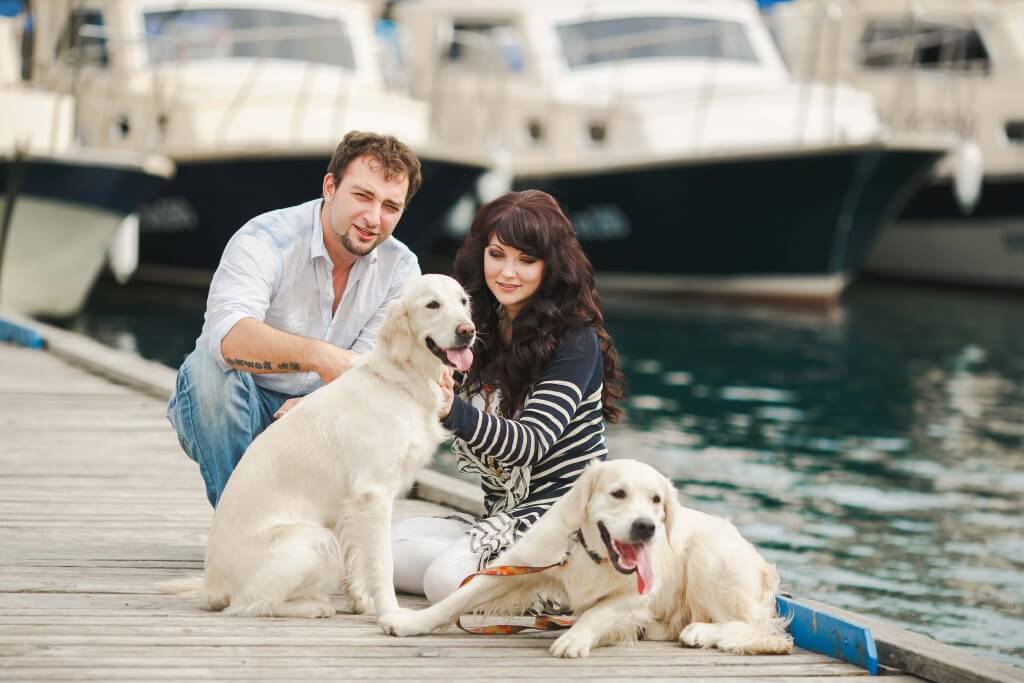Dog Communication & Body Language
 October 12, 2015
October 12, 2015
Scenario: Let’s say that you’ve just gotten home after a tough day at work. Your headache pounds your head from your busy schedule and you would love nothing more than to be comforted by a warm welcome from your family.
As quickly as you can open the door, you hear the piercing voice of your spouse as she is yelling at your twelve-year-old daughter, while her little brother is crying his eyes out because he broke one of her new toy trucks.
The television is noisy and your Father-in-law is talking incessantly on the telephone.
Apparently, there isn’t any loving individual greeting you at the front door.
Your 4-year-old mongrel dog “Rex” does.
He’s wagging and jiggling from his head to the tip of his little tail. Rex dances around and jumps into your waiting arms and he licks you right on the face, if you let him. He’s happy to see you. Basically, your dog communicated in the language that he knows that you understand.
Your dog – like many pets across the globe – use body language with an array of vocal sounds to communicate with his owner. The dog has an amazing ability to communicate with his owner: a universal language, warning humans of danger, desire, devotion and love.
Your dog communicates with you to tell you how sad he is when he’s reprimanded. He will even shout loud and clear his anguish when a stranger or something odd approaches and he will even condensate with you about how glad he is to be near you and share your companionship.
Did you know that your dog communicates best with its tail? When you step on your dog’s tail or upbraid him, he will actually tuck his tail between his legs and cower down, showing its obedience. When a dog tucks his tail, he is hiding his scent and thus hiding himself. This dog body language goes as far back to the ancient wild dog when dominance obedience and existed in the pack.
Your dog’s ancestors indicated his subservience to the dominant dog by dropping its tail. In modern times, the domesticated dog is actually communicating through body language, “I feel badly about what just happened.”
In contrast to the obedient tail movement, there is that glad, excited tail-wagging that communicates how much your dog wants to please you. The following is an example of a dog’s need to please:
Davie, a Collie, did his very best to please his young owner while she was preparing for her bridal shower. Max had watched Kate opening her wedding presents seven days before the wedding day. One evening, the Collie wanted to give a gift for Kate, so, he yanked an embroidery pillow case from a neighbor’s clothesline and brought it home. After placing the pillow at Kate’s feet, he wagged his little tail in sheer happiness that he was pleasing his owner and sharing her wedding enjoyment.
When it comes to the dog communication department, our dogs are much more intelligent than we give them credit for – as you can see from this magnificently touching example of this Collie’s desire to communicate joy.
Article by Michael Rittenhouse of Oh My Dog Supplies, check for specials on pet supplies online.
